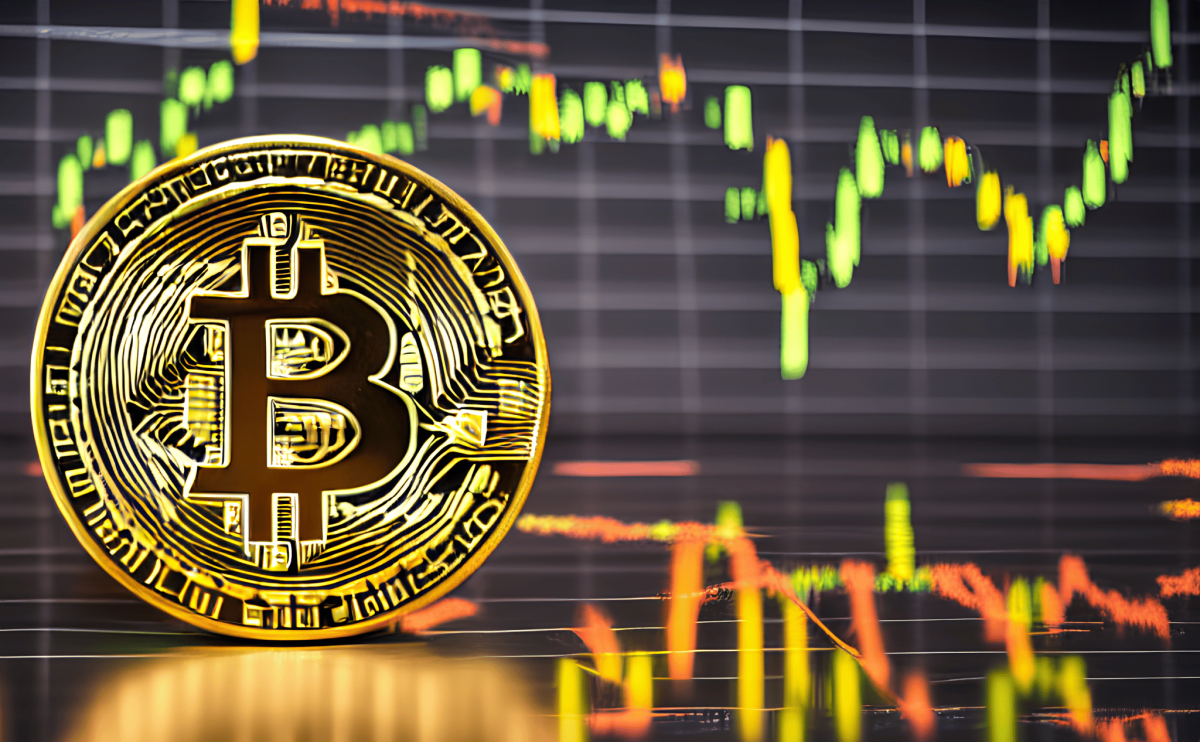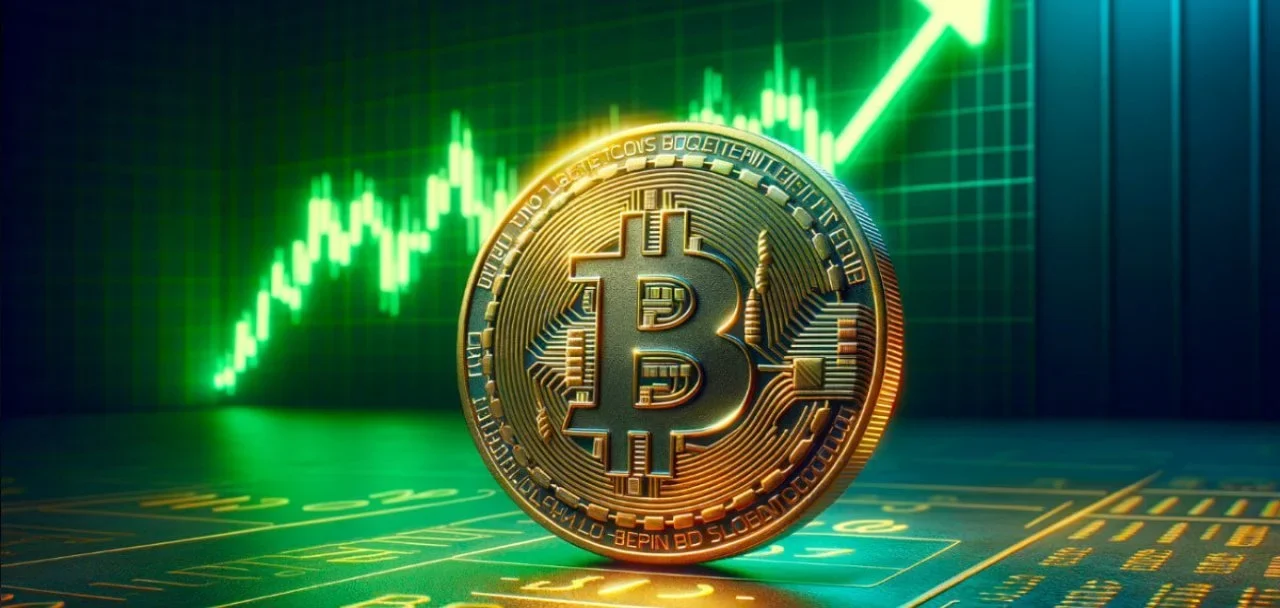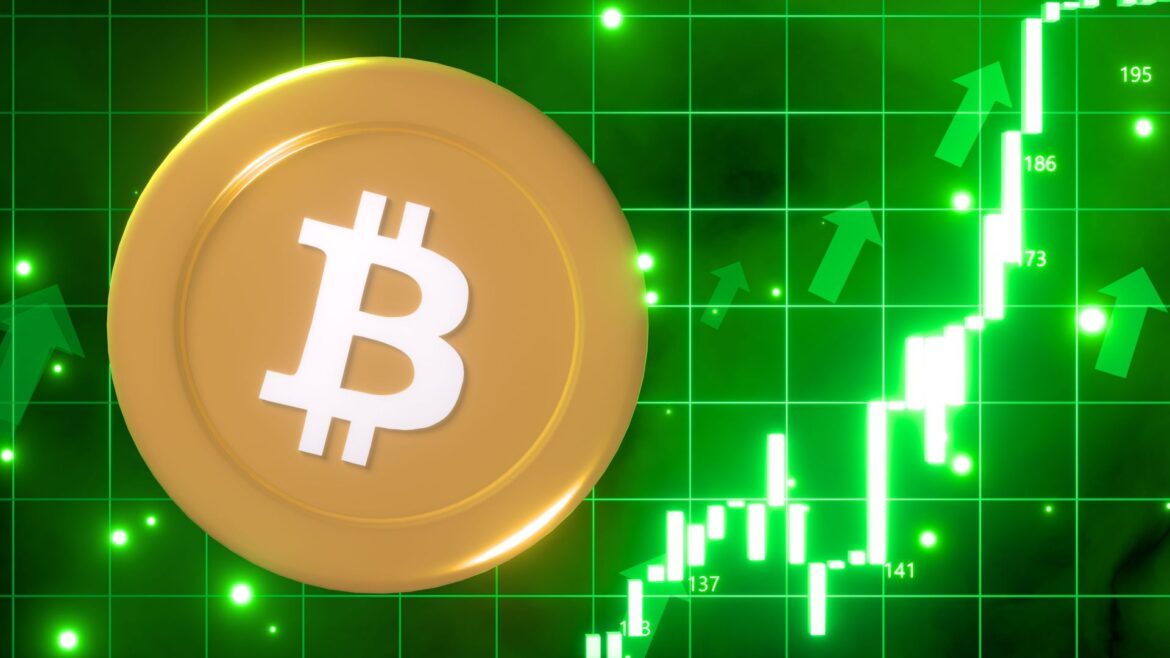Bitcoin Price Surge Driven by fresh hope about trade policies under former President Donald Trump, Bitcoin, the most valuable cryptocurrency worldwide, has jumped to $88,000. Expectations of a softer posture on tariffs, which might relieve economic constraints and provide a more favourable climate for financial markets, especially digital assets, help market experts ascribe this price rise. This evolution has given Bitcoin and the wider crypto market new hope and spurred speculation about its next price range.
The fast climb of Bitcoin above the $88,000 barrier reflects investor mood as well as macroeconomic elements. Strong reactions to geopolitical and economic news abound in the cryptocurrency markets; stories of Trump reevaluating harsh trade penalties have set off a flood of purchase activity. Bitcoin is a perfect beneficiary of policy changes that could affect world commerce and financial markets since traders and institutions see it as a hedge against economic uncertainty.
The value explosion of Bitcoin has also affected other digital assets. Recording a 4.8% rise, Ethereum, the second-largest cryptocurrency by market capitalization, raised its price above $2,000. Reflecting more general investor excitement in the crypto market, several well-known altcoins, such as Solana, Cardano, and Polygon, have also enjoyed price surges. The revived hope for trade policies has strengthened belief in the digital asset sector and attracted new capital inflows.

Trump’s trade policies and affect Bitcoin
The present surge in Bitcoin is mostly driven by the conjecture that Trump would adopt a more balanced approach to trade tariffs. According to reports, his government might turn its emphasis from broad-based tariffs to targeted charges on nations with notable trade imbalances. These developments could impact nations such as China, Japan, India, and Vietnam, but a less forceful approach could lower the possibility of economic disturbance.
Economic uncertainty and trade conflicts have traditionally driven investors to look for different assets, including Bitcoin. Under trade concerns with China, Bitcoin experienced rising demand throughout Trump’s former presidency. Many investors saw it as “digital gold,” a store of wealth impervious to economic policies and governmental control. Should Trump’s tariff posture ease, it might lower economic uncertainty; however, should tensions rise, Bitcoin could draw even more money as a counterbalance against instability.
Increasing institutional acceptance is another important element behind Bitcoin’s price explosion. Big companies and institutional investors are buying Bitcoin, therefore supporting its reputation as a good financial tool. Under CEO Michael Saylor, MicroStrategy has increased its holdings of 6,911 Bitcoins worth about $584.1 million. One of the biggest institutional holders of Bitcoin, this purchase raises total reserves of 506,137 BTC.
Furthermore greatly affecting market mood is the recent acceptance of spot Bitcoin exchange-traded funds (ETFs). Simplifying entry to the crypto market, these ETFs give conventional investors exposure to Bitcoin without requiring direct ownership. The release of these investment vehicles has resulted in more demand and liquidity, therefore driving the price of Bitcoin upward.
Macroeconomic Factors and Stance of Federal Reserve
Although trade policy predictions mostly drive Bitcoin’s current surge, macroeconomic variables also significantly influence its course. For financial markets, including cryptocurrencies, the Federal Reserve’s monetary policy posture remains a major factor. Jerome Powell, the Federal Reserve Chair, has admitted that possible tariff changes would fuel inflationary pressures. He has also said, though, that these effects are unlikely to endure for very long.

Should inflation stay controlled, the Fed might keep or lower interest rates, which would help Bitcoin even more by increasing the appeal of alternative assets. Historically, Bitcoin has done well under settings with loose monetary policy since reduced interest rates inspire risk-taking. Should central banks take a more accommodating posture in reaction to economic conditions, Bitcoin’s increasing momentum might continue.
Halving Bitcoin Future Price Expectations
The forthcoming Bitcoin halving event, scheduled for April 2025, is another major driver of change in Bitcoin’s price. About every four years, Bitcoin halvings take place, therefore lowering the reward for mining fresh blocks by half. This approach causes a supply shock that has historically resulted in price hikes by essentially slowing the rate of new Bitcoin introduction into circulation.
Bitcoin reserve strategy Significant Bitcoin swings in the months following past halving events in 2012, 2016, and 2020 have set off Many analysts believe that the halving of 2025 may have a similar effect, particularly if institutional demand keeps increasing. In the next months, Bitcoin may reach fresh all-time highs, given declining supply and growing demand.
Final Thought
The rise to $88,000 by Bitcoin emphasizes how institutional acceptance and macroeconomic events are progressively influencing its price fluctuations. Investor confidence driven by optimism about Trump’s possible change to a milder tariff policy has helped propel a more general market climb. Particularly via ETFs and corporate acquisitions, institutional investors—who help Bitcoin grow—continue to be absolutely vital.



